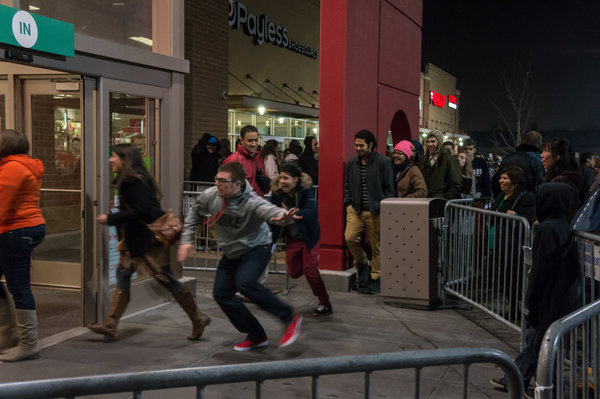Last month we discussed the dangers of Listeria poisoning that has been linked to numerous recalls and food-borne illness outbreaks. This month we’d like to take a closer look into what ServSafe training says about another major contributor to product recalls and illnesses linked to contaminated food products.

ServSafe Training and Salmonella
Salmonella can be a tricky contaminant to control because there are misconceptions as to how many food products can be affected by the bacterium. We all know that serving raw chicken or eggs causes illnesses due to Salmonella, but many food service professionals do not know that Salmonella also exists in:
• Melons
• Alfalfa sprouts
• Raw nuts
• Unpasteurized cheese
The connection between Salmonella and melons exists on its exterior and not in the meat of the melon. Melons can become contaminated from the bacterium that occurs in the soil that it is grown in, and many fertilizers contain chicken manure in which trace amounts of the bacterium are found if it hasn’t been sterilized properly. Before serving melons, it is important to wash the outsides carefully before slicing. The contamination of the meat of the melon occurs when a knife comes into contact with the Salmonella on the surface and infects the melon as the knife passes through. While all melons potentially contain Salmonella, the ridged surface of the cantaloupe can cause crevices for the bacterium to hide. Alfalfa sprouts are also contaminated by the same process, so extra care should be taken to wash them thoroughly.
While many restaurants do not serve raw nuts, certain prepared product manufacturers utilize them as an ingredient in their product. If you process any type of raw nut, be very careful to sanitize any surface they come into contact with in order to prevent cross contamination with your finished product.
Last month we discussed the connection between raw dairy and Listeria. Raw dairy and unpasteurized cheeses also potentially contain Salmonella, so we advise against serving raw dairy products to your guests.
Finally, while it is unpleasant to think about, it is important to recognize the symptoms of a guest who has eaten food tainted with Salmonella. Salmonella symptoms can occur as soon as 12 hours after consuming tainted product and can take as long as 72 hours to manifest. Symptoms include:
• Abdominal cramps
• Fever
• Vomiting
• Diarrhea
We hope that our discussions concerning the common causes of food poisoning has been helpful in allowing you to keep your food as safe as possible. Next month we’ll continue our series with a discussion on STEC toxins and e-Coli.



